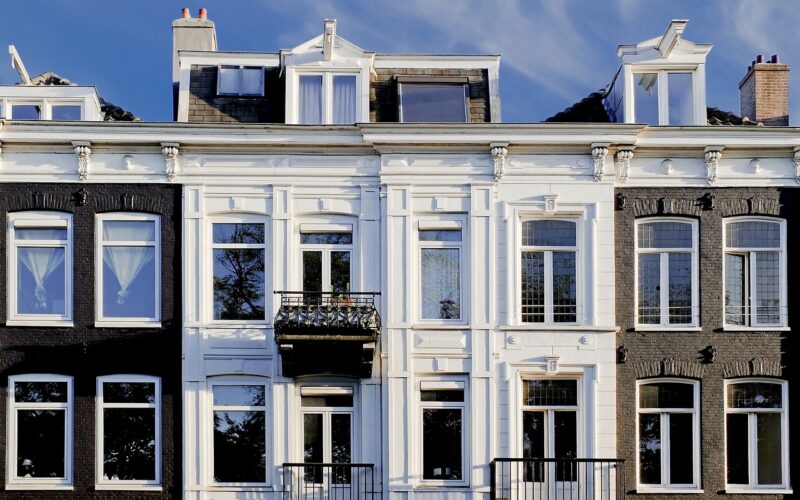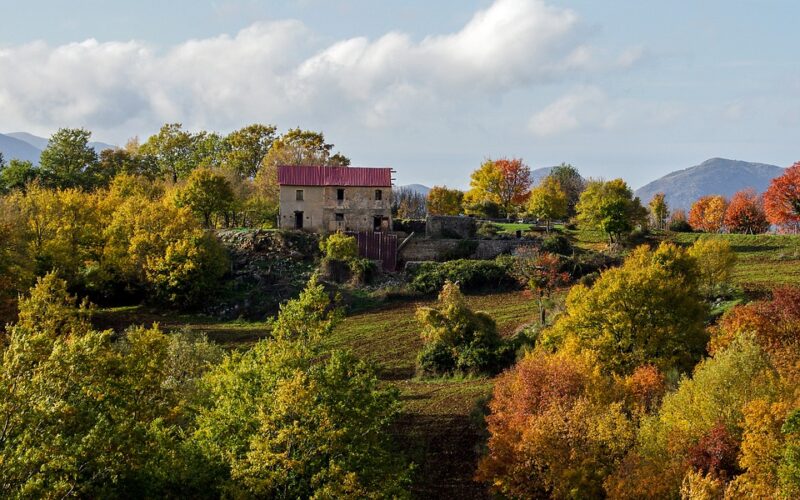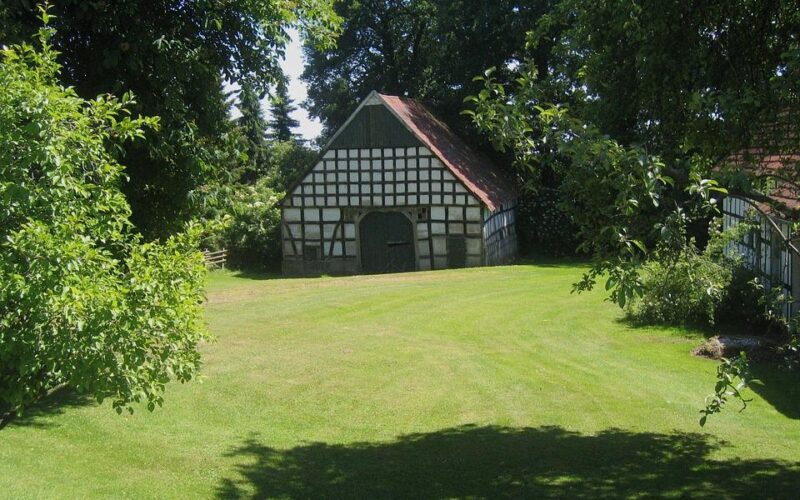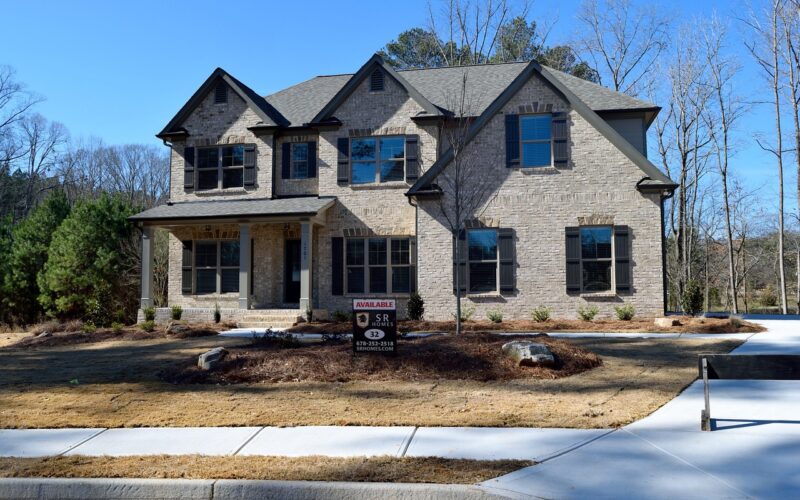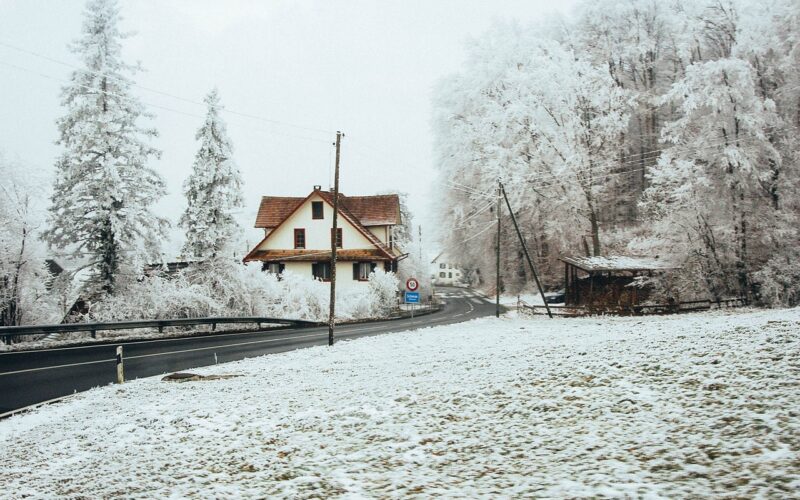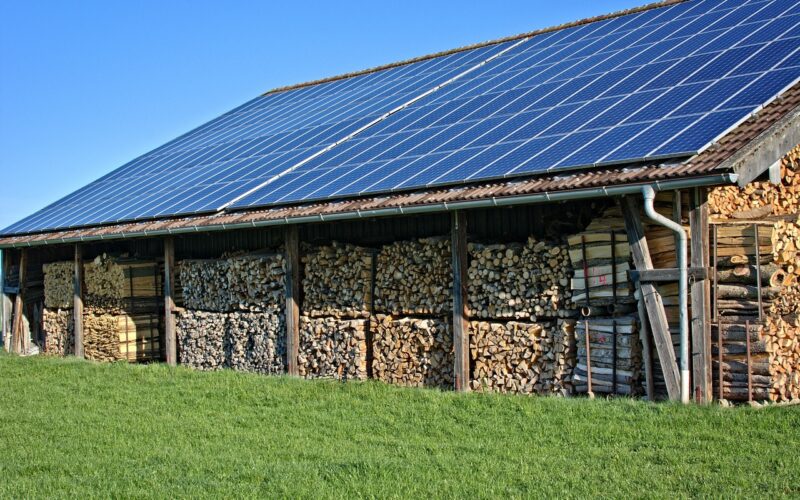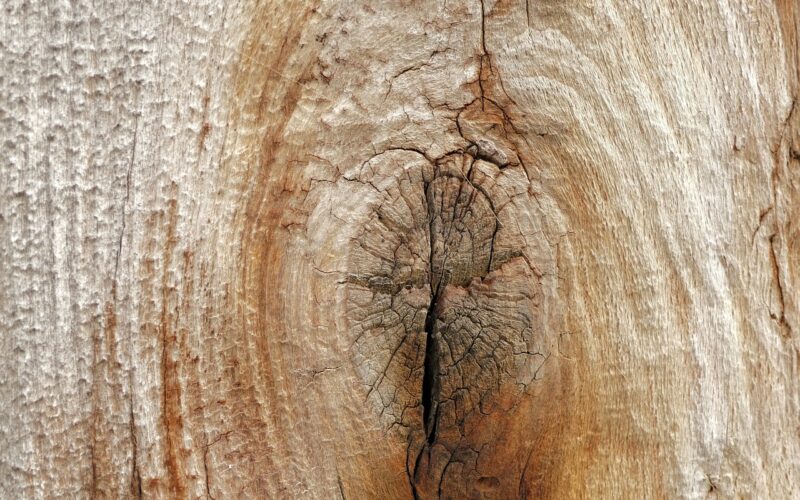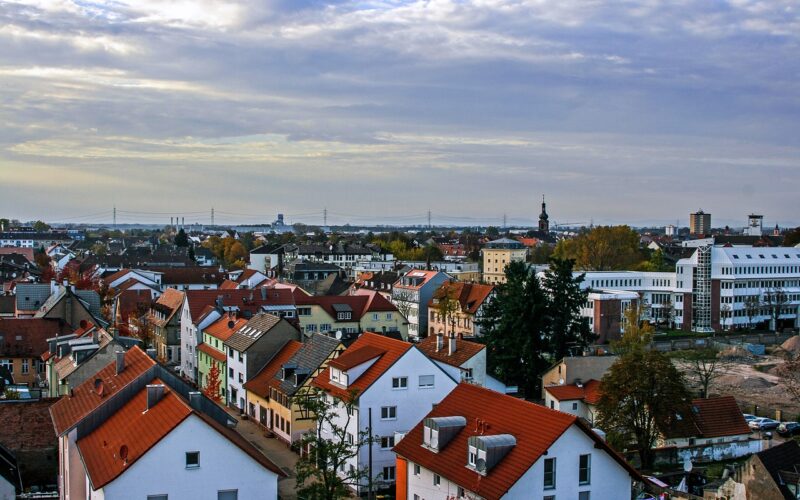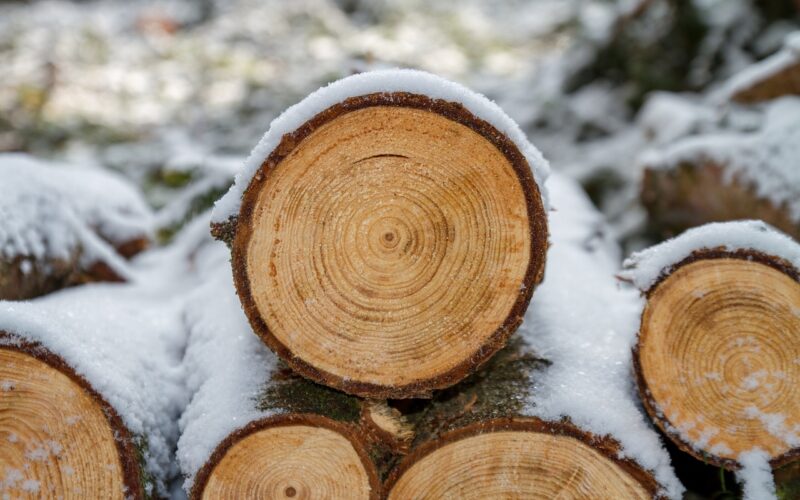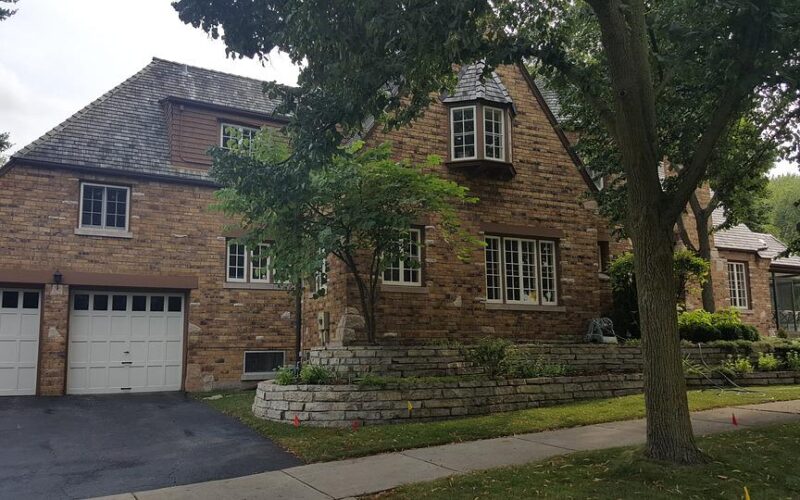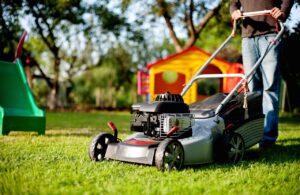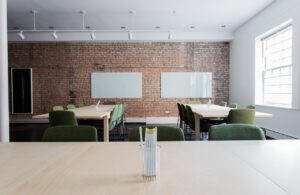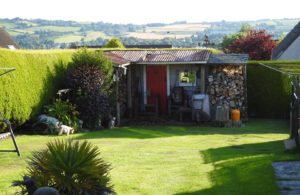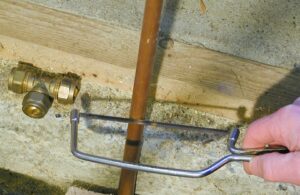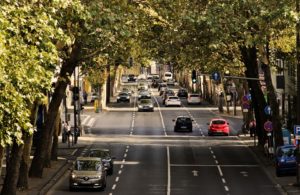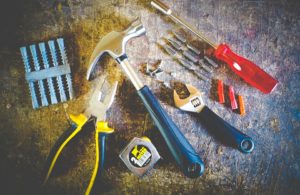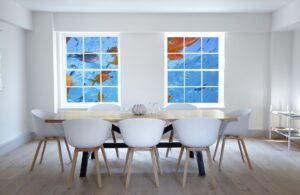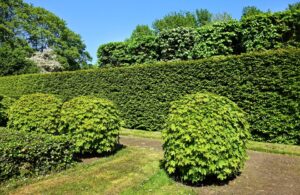The concept of eco-friendly housing is no longer just a trendy buzzword but a necessary revolution in the way we think about our living spaces and our planet. Many aspiring homeowners are now looking at options to reduce their ecological footprint by building homes that are both sustainable and comfortable.
Understanding the fundamentals of eco-design
An eco-friendly home starts with design. Architects and designers who specialise in sustainability use principles that minimise environmental impact and maximise efficiency. This means prioritising natural light to reduce the need for artificial lighting, optimising insulation to maintain temperatures, and selecting materials that are renewable and have low carbon footprints. Passive solar design, for example, takes advantage of the home's site and climate to maximise heating and cooling efficiency naturally.
Choosing sustainable building materials
What your home is made of matters. Materials are truly what make or break the 'eco' in an eco-friendly home. Sustainable building materials are those that come from renewable sources, have low levels of toxins, and are produced with minimal environmental impact. Bamboo, for example, is a fast-growing plant that makes for strong and stylish flooring. Recycled steel, reclaimed wood, and cork are also popular options that contribute to the durability and sustainability of your home.
Incorporating green technologies
Technological advancements have made it much easier to include green solutions into home design. Solar panels are perhaps the best-known technology, allowing homeowners to generate their own clean energy. But there's a world of other innovations out there, from greywater recycling systems that reuse water for gardens or toilets to smart thermostats that help in regulating energy use. Eco-friendly homes can also include geothermal heating and cooling systems, which utilise the earth's constant temperature to regulate the home's climate efficiently.
Water conservation strategies
Water is a precious resource that often gets overlooked. An eco-friendly home employs strategies to reduce water usage and waste. This can include low-flow taps and showers, dual-flush toilets, and drought-resistant landscaping to minimise the need for watering. Collecting rainwater for garden irrigation is another practical strategy that significantly cuts down on water use.
Optimising for energy efficiency
Energy efficiency is at the heart of eco-friendly home design. It goes beyond installing LED light bulbs or high-efficiency appliances (though these are important). Energy-efficient homes are carefully designed to minimise energy consumption for heating and cooling, which are some of the biggest energy expenses for any home. This includes proper insulation, using double or triple-glazed windows, and careful consideration of the home's orientation.
Indoor environmental quality and health
Building an eco-friendly home isn't just about saving the planet; it's also about creating a healthy living space. Volatile organic compounds (VOCs) are found in many traditional building materials and can off-gas into homes, degrading air quality. Choosing low or no-VOC materials can drastically improve the indoor environment. Adding plants, which naturally filter the air, or installing a high-quality air filtration system can also contribute to a healthier living space.
Maintaining and improving over time
An eco-friendly home is not a 'set and forget' project. Continuous improvements and maintenance are key to ensuring the home remains as efficient as possible. This can include regular audits of the home's energy use, upgrades to appliances, and staying informed about new sustainability practices that can be incorporated into the home.
Building an eco-friendly home is an investment in the future. It not only helps to protect the environment but can also lead to long-term savings and a healthier lifestyle. With careful planning, the right materials, and a commitment to sustainability, anyone can create a home that contributes to a greener and more sustainable world.
